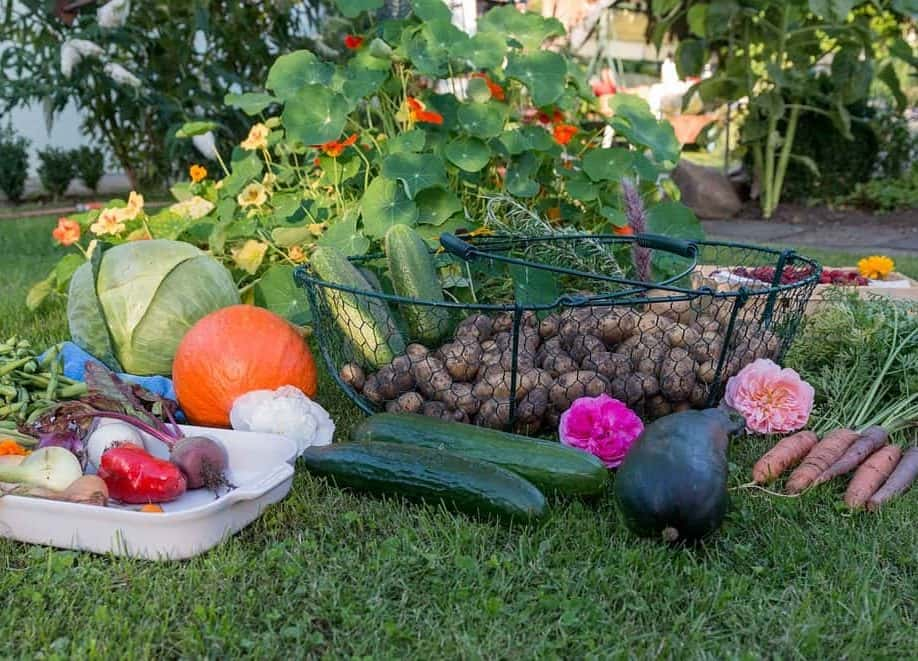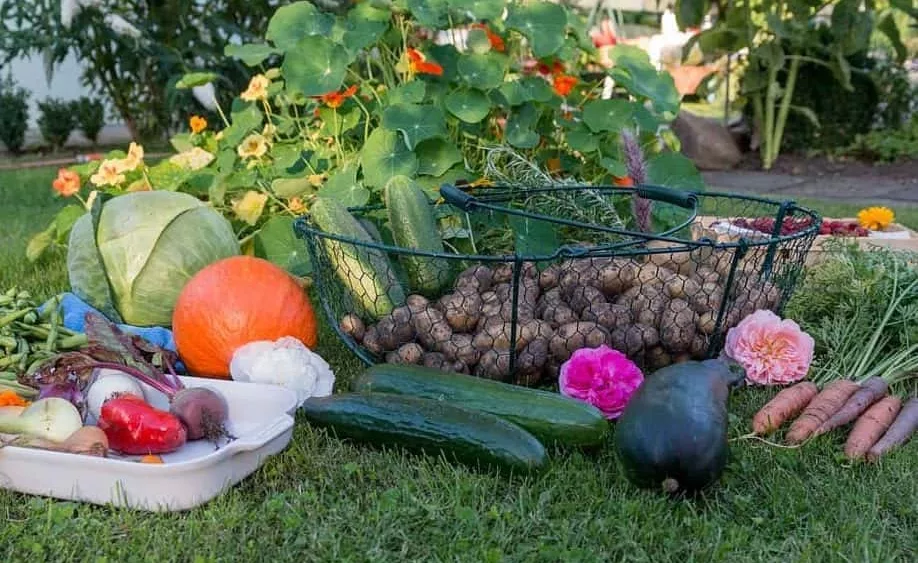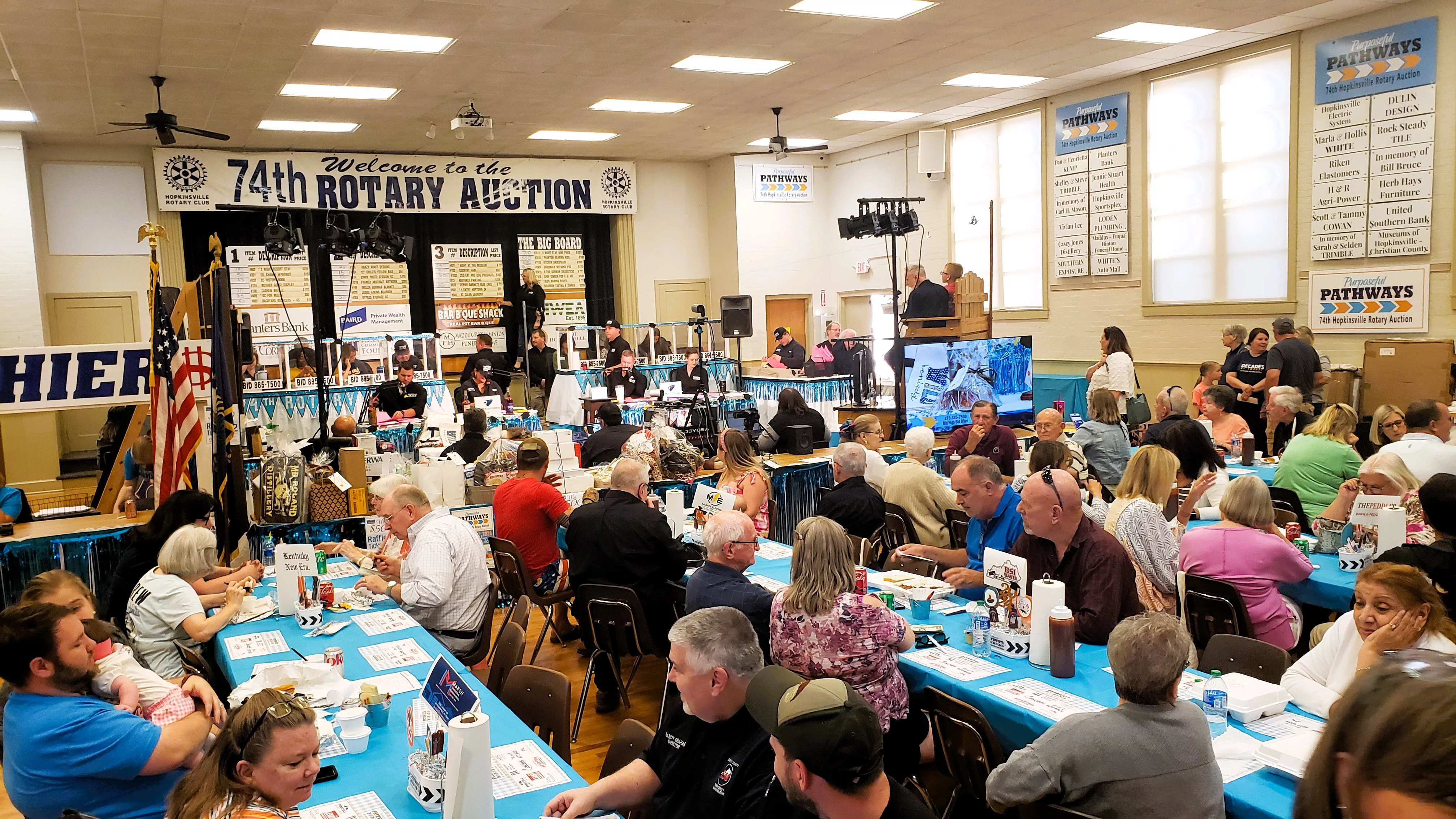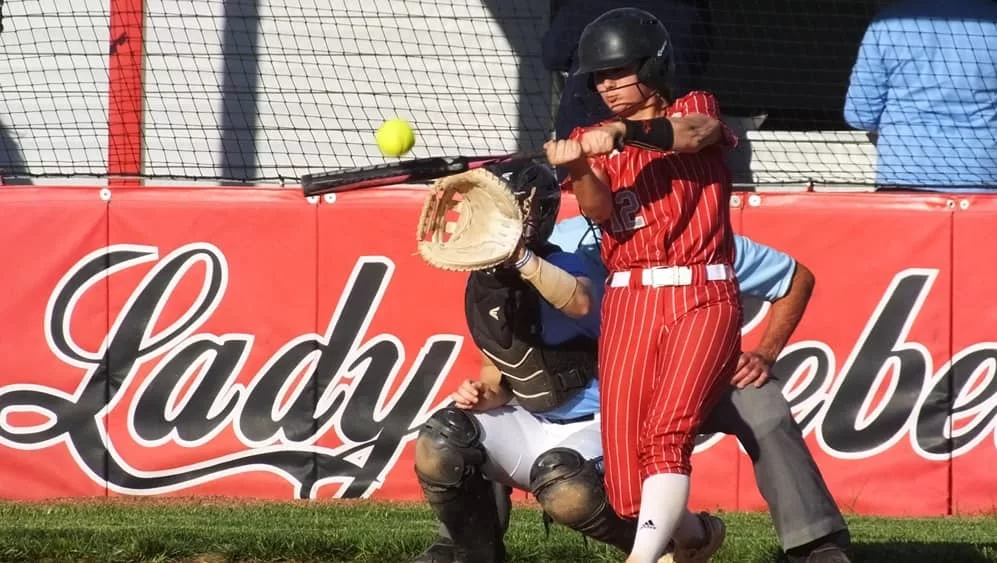It is not too late to continue to enjoy the garden and add new plantings. A variety of produce can be grown in Kentucky gardens in the coming weeks allowing fresh items to be available well into the fall. The cooler nights experienced later in the year as these vegetables mature may increase the sugar content of many crops and thus increase their quality. Cooler nights also slow growth, so crops can take longer to mature than in the summer. Keep this slower pace in mind when you check seeds for days to maturity.
Late July or early August would be the time to make a last planting of bush beans, carrots, sweet corn, kale, collards, Bibb lettuce, turnips, and cole crops such as kohlrabi, Chinese cabbage, Brussels sprouts, cabbage, cauliflower, and broccoli. For late August and into September try planting mustard greens, spinach greens, radishes, turnip greens, and leaf lettuce.

Before planting, remove any existing debris including crops and weeds to the compost bin and cultivate the soil. If the previous crop was well fertilized and grew vigorously you may need to add little if any additional fertilizer, otherwise apply about 2-3 pounds of a complete fertilizer such as 5-10-10 or 10-10-10 per 100 square feet of planting area.
Fall gardens require more attention than spring gardens. Remember to keep fall gardens well watered, as this tends to be a fairly dry time in Kentucky. A weekly irrigation sufficient to wet the soil to 6 or 8 inches should be adequate. This is more or less equivalent to a weekly one-inch rain. Insects, diseases, and weeds are all more severe in the fall. Walk through gardens frequently and observe them. Remove weeds while they are small. Control insects and diseases before they become problems.
With the use of season extenders, you will be able to harvest vegetables long past the first early frost of the fall. One way is to cover growing beds or rows with burlap or a floating row cover supported by stakes or wire to keep the material from directly touching the plants. Individual plants can be protected by using milk jugs, paper cups, or water-holding walls.
Most of the semi-hardy and hardy vegetables will require little or no frost protection. Semi-hardy vegetables (like beets, cauliflower, and lettuce) should be harvested before a heavy freeze. Root crops such as carrots and radishes should be harvested or mulched heavily before a hard freeze. The harvest of mulched root crops can often be extended well into the winter. During mild winters, harvest may continue till spring.
— Kelly Jackson, Christian County Extension Agent






